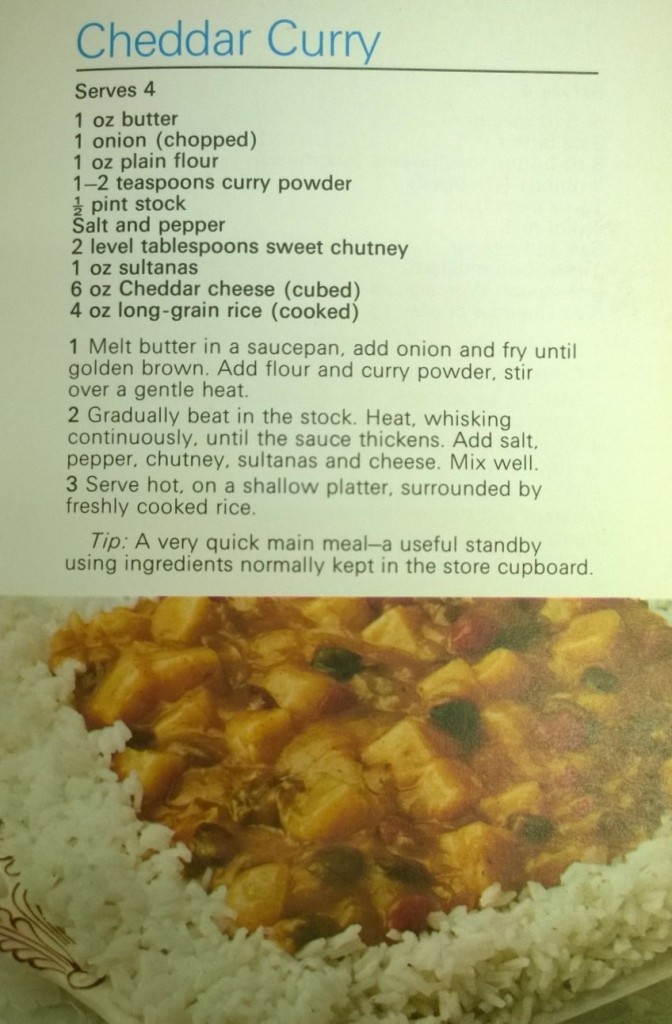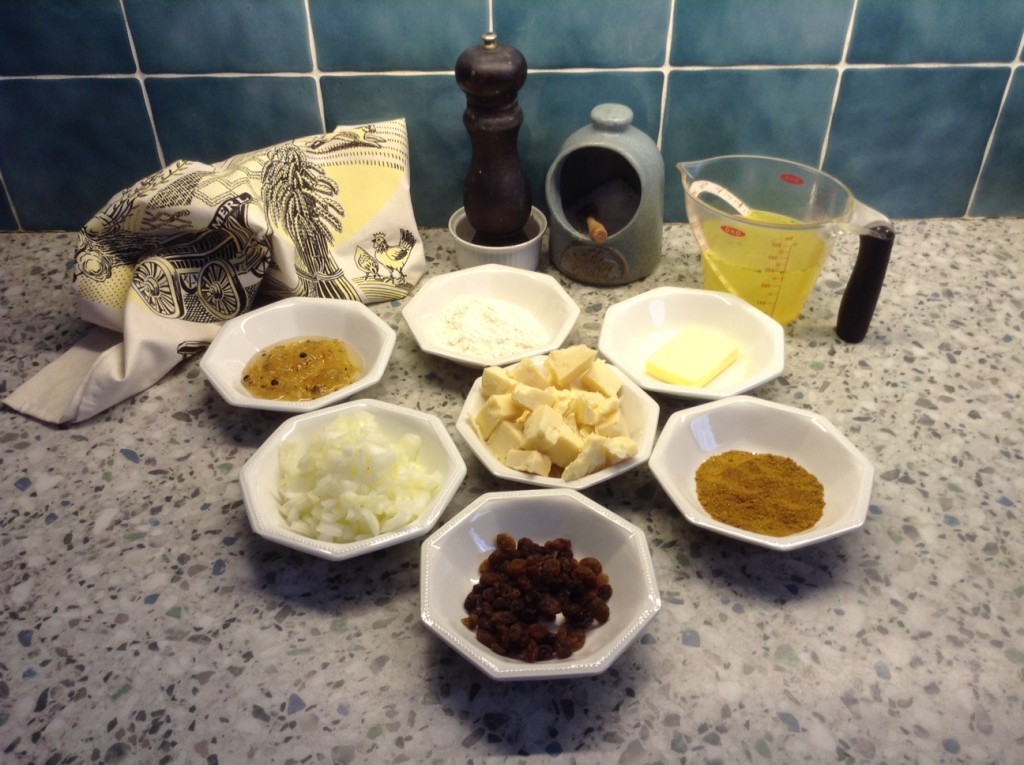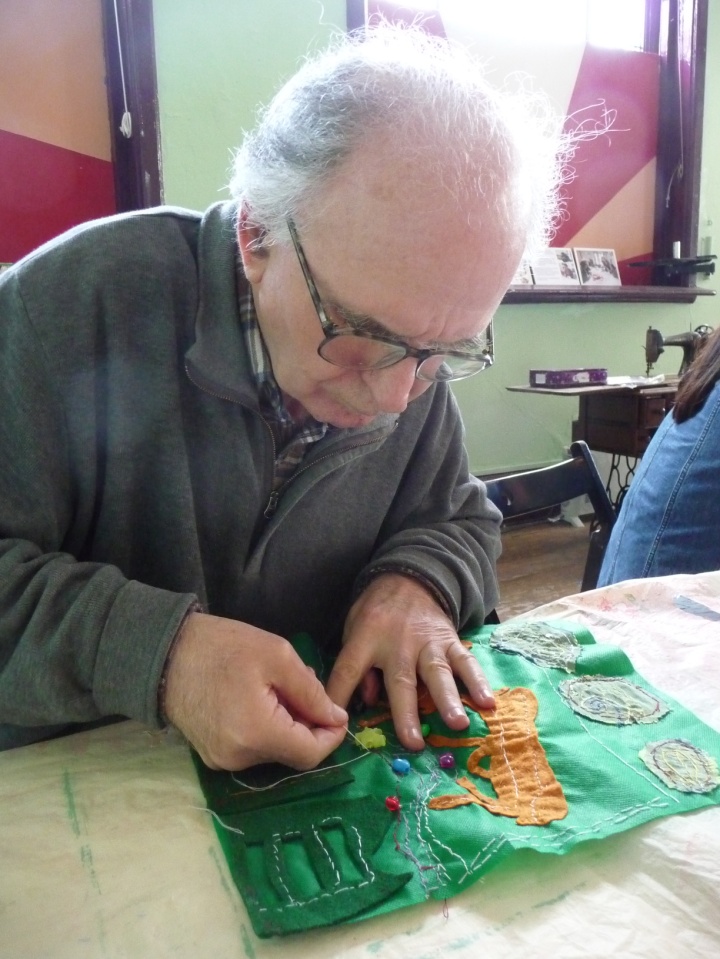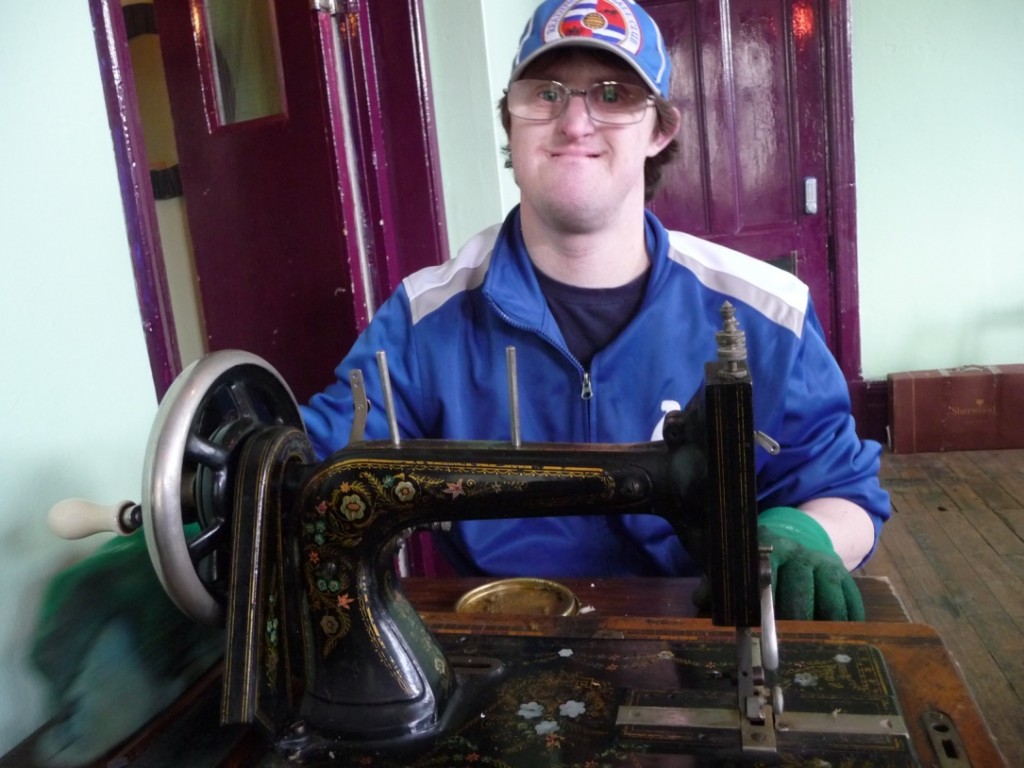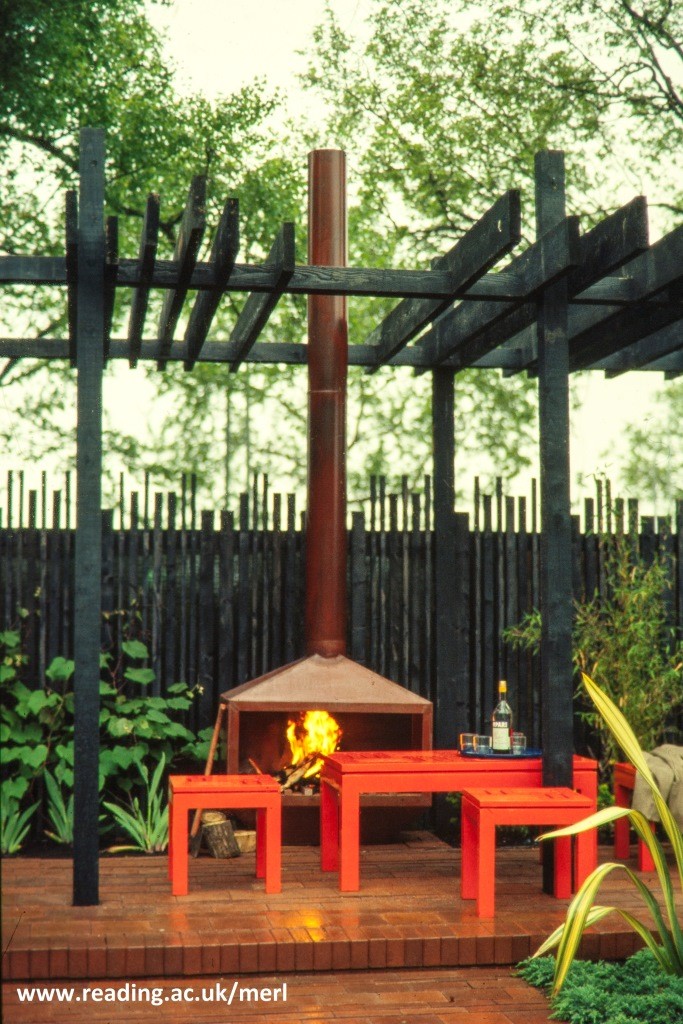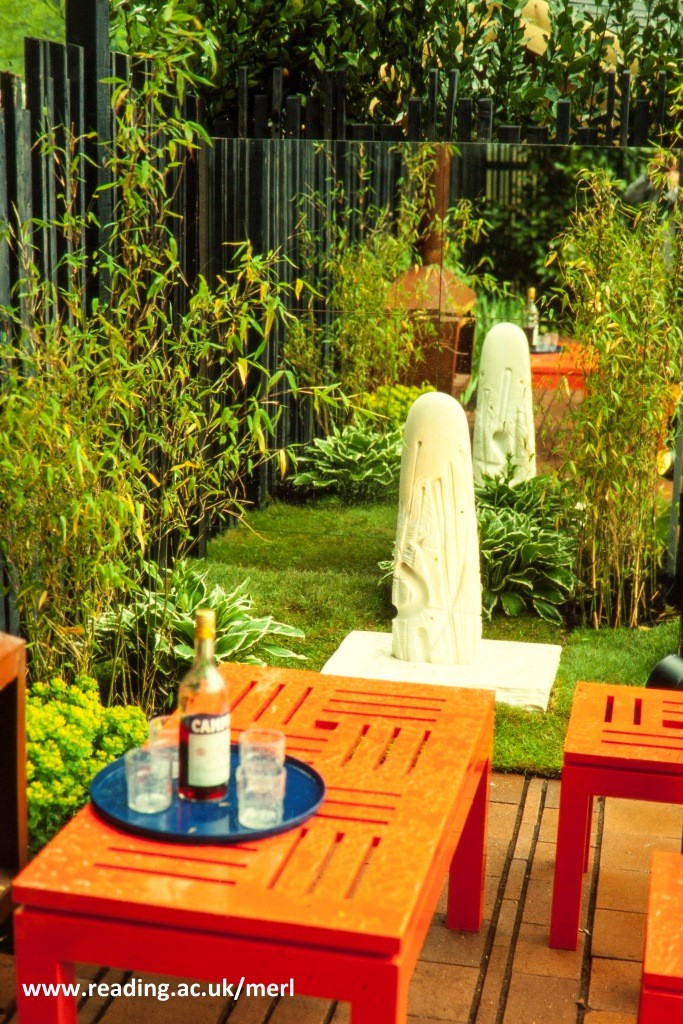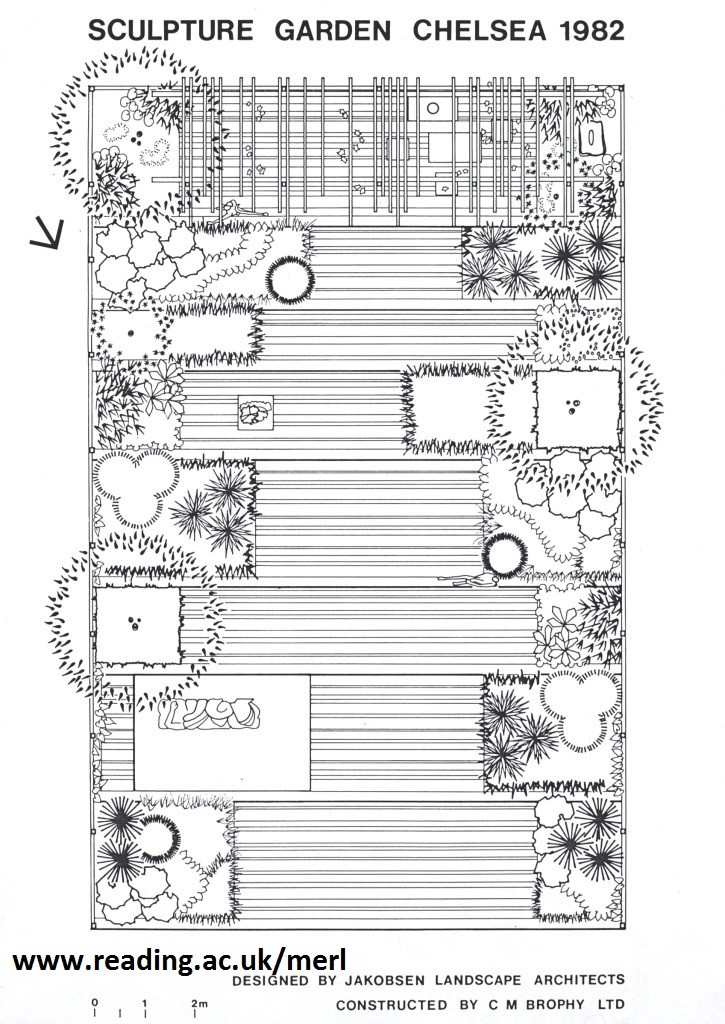If you’ve been on Twitter, Facebook or Instagram today, you may have noticed the #ILoveMuseums hashtag trending all over your timelines. Musuem staff, volunteers and visitors across the country, including our own University Museums and Collections have been tweeting their personal reasons for loving museums, but the press release below explains what’s behind the hashtag…
Today is the launch of I Love Museums, a new campaign led by the National Museum Directors’ Council (NMDC) to demonstrate the depth of support for UK museums by empowering the public to share why museums are important to them.
Museums and galleries are more popular than ever – last year there were 66.8 million visits to the national and major regional museums in NMDC’s membership alone, and over half of adults and two thirds of children visited a museum. Museums play a vital role in the lives of individuals, families and communities across the UK, and make a key contribution to our society and economy. But our museums are facing challenging times, with local and national governments making tough decisions about funding. I Love Museums will show funders and policymakers how much museums matter by celebrating the UK public’s support for our wonderful cultural institutions.
I Love Museums provides museums with the tools and resources to turn their audiences into active advocates, as well as adding their support to the nationwide campaign for national and local government support and funding for museums. The campaign is led by the NMDC with support from Arts Council England, the Art Fund, Association of Independent Museums, Culture24, the Museums Association and the University Museums Group.
Diane Lees, Chair of the NMDC and Director-General of Imperial War Museums, said: “We know that museums are incredibly popular, as ever-increasing visitor numbers attest, and the public are our most powerful advocates. I Love Museums will enable us to measure and demonstrate the depth of that public support and show politicians and policymakers how much the UK public values our world-class museums.”
More information about the campaign can be found on the website: www.ilovemuseums.com




